Warning Signs of Stroke - Stroke Awareness Tool
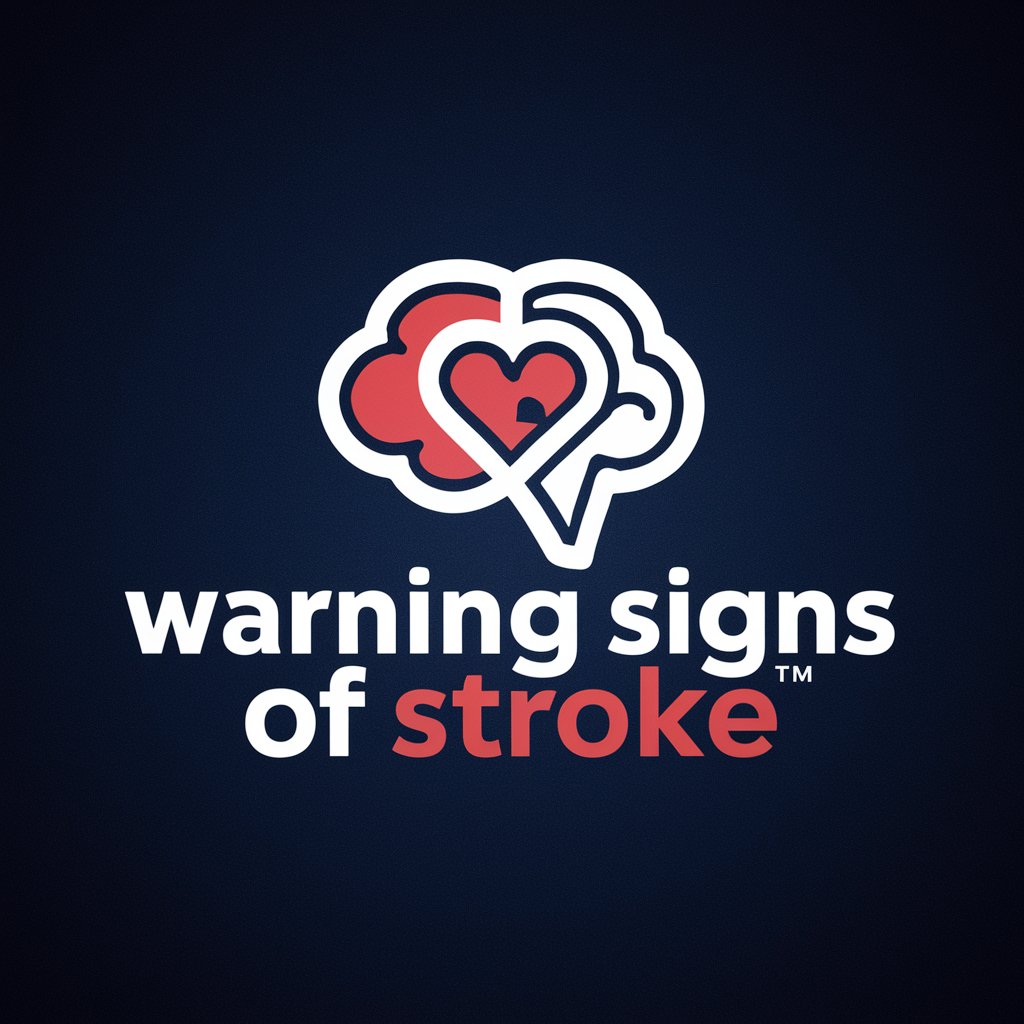
Hello! Let's learn about stroke warning signs and prevention.
Empowering stroke awareness with AI
What are the main warning signs of a stroke?
Can you explain the risk factors for stroke?
How quickly should one seek medical attention if stroke symptoms appear?
What are the differences between ischemic and hemorrhagic strokes?
Get Embed Code
Understanding Warning Signs of Stroke GPT
Warning Signs of Stroke GPT is designed to educate users about the critical warning signs of a stroke, encompassing symptoms, risk factors, and the importance of immediate medical attention. Its design purpose is rooted in raising awareness and prevention, ensuring users can recognize early signs and respond swiftly to potentially life-threatening situations. For example, it can illustrate scenarios where someone experiences sudden numbness in one part of the body, explaining this could indicate a stroke and urging immediate medical evaluation. Another scenario might involve generating visual aids to help understand the FAST (Face drooping, Arm weakness, Speech difficulties, Time to call emergency services) mnemonic, making it easier for individuals to remember and act upon these signs. Powered by ChatGPT-4o。

Core Functions of Warning Signs of Stroke GPT
Educational Content Delivery
Example
Providing detailed explanations on each symptom of a stroke, such as facial drooping or sudden confusion, and the underlying reasons why these symptoms occur.
Scenario
A user might be curious about why strokes cause specific symptoms. In response, the GPT explains how strokes interrupt blood flow to parts of the brain and the resulting effects on the body.
Visual Aid Generation
Example
Creating images that illustrate the FAST mnemonic or depicting scenarios where someone might need to identify a stroke in progress.
Scenario
In a community health class, a teacher requests visual materials to accompany a lesson on stroke awareness. The GPT generates accurate, clear visuals that can be used to enhance understanding among students.
Latest Stroke Information Retrieval
Example
Fetching the most recent guidelines for stroke prevention, treatment options, or statistical data on stroke incidence.
Scenario
A health blogger seeks the latest statistics and guidelines for a post on stroke awareness month. The GPT browses current data and provides summarized, up-to-date information to enrich the blog content.
Who Benefits from Warning Signs of Stroke Services
General Public
Individuals seeking to educate themselves on stroke signs, symptoms, and prevention. They benefit from increased awareness, which could potentially save lives by enabling early detection and prompt medical response.
Educators and Healthcare Professionals
These users can leverage detailed, accurate information and visual aids to teach others about stroke, enhancing public knowledge and preparedness. Healthcare professionals might use the service for patient education, improving prevention efforts.
Researchers and Health Advocates
Those engaged in the study of stroke or involved in public health advocacy can use the service to stay informed on the latest stroke research, treatment modalities, and public health strategies, aiding their work in advancing stroke awareness and prevention.

How to Use Warning Signs of Stroke
Initiate Trial
Access the tool for free without needing to log in by visiting yeschat.ai; no subscription to ChatGPT Plus is necessary.
Identify Needs
Assess your or others’ needs for stroke awareness. This could include learning warning signs, understanding risk factors, or recognizing symptoms.
Engage with Tool
Utilize the chat feature to ask specific questions about stroke signs, prevention strategies, or case scenarios.
Review Responses
Carefully read the information provided, which includes signs, preventive measures, and immediate actions to take if a stroke is suspected.
Apply Knowledge
Apply the knowledge gained in real-world situations or for educational purposes, and always seek professional medical advice if a stroke is suspected.
Try other advanced and practical GPTs
Professional Warning Letters Writer - Glyph
Streamline employee warnings with AI

Earning Ally
Maximize your earnings with AI guidance

Money Earning
Empowering Your Online Job Search with AI

Earning guide
AI-powered Path to Digital Success
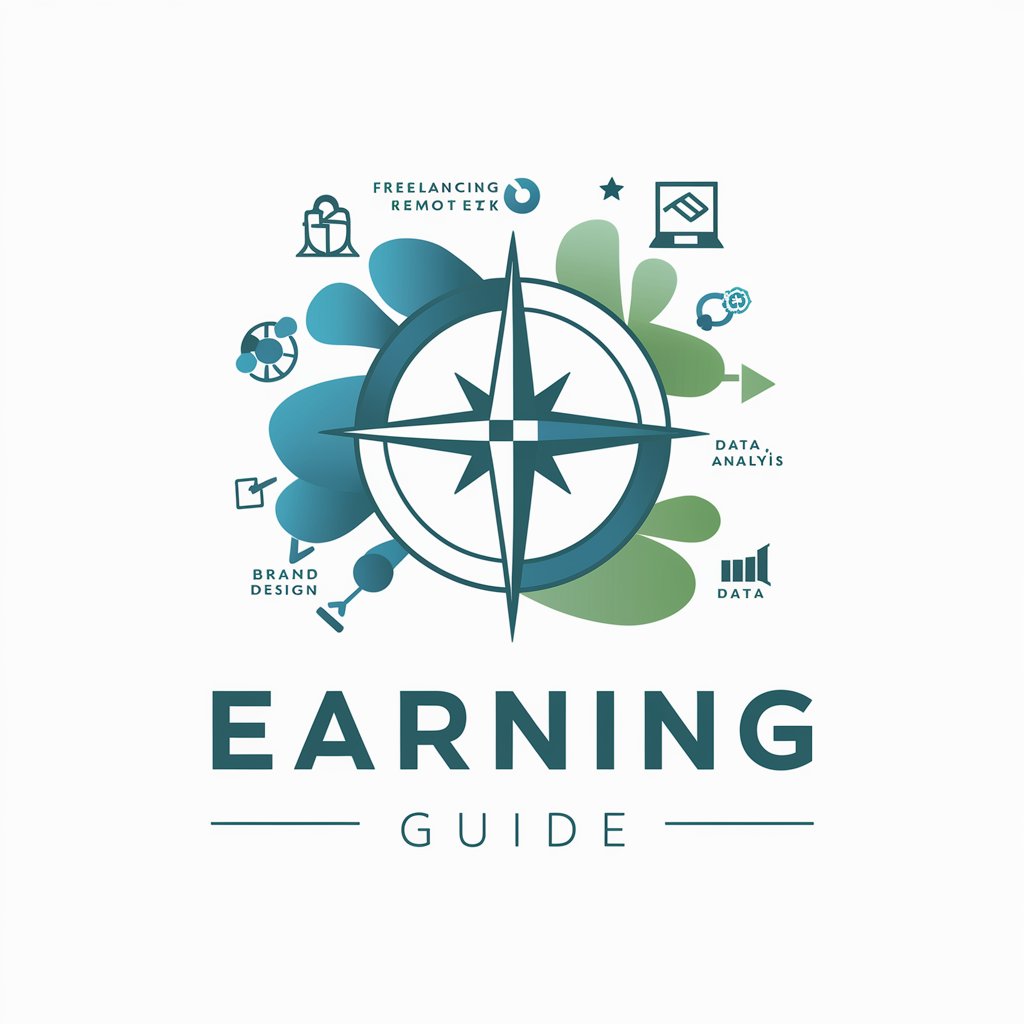
Dashboard Warning Lights
Illuminate Your Dashboard's Secrets with AI
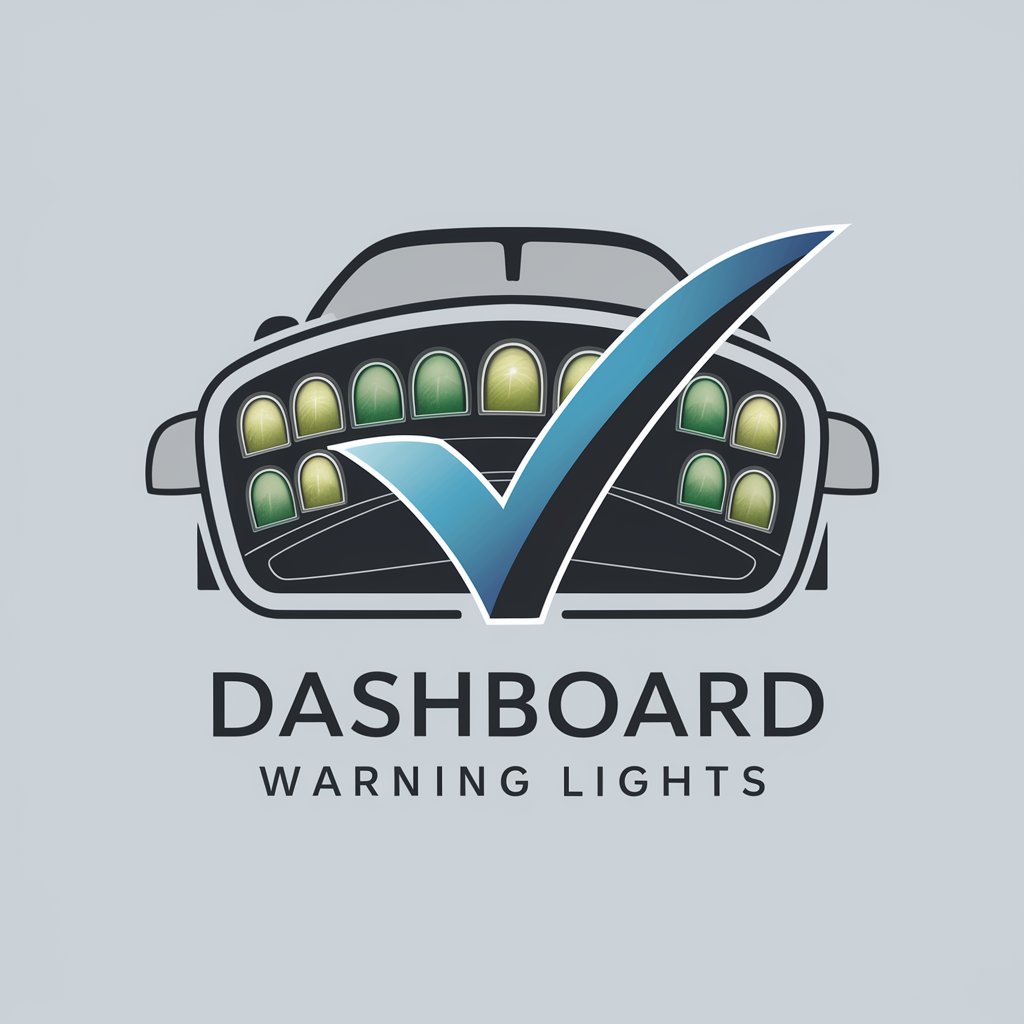
Earning Ally
Empowering Your Earning Potential with AI
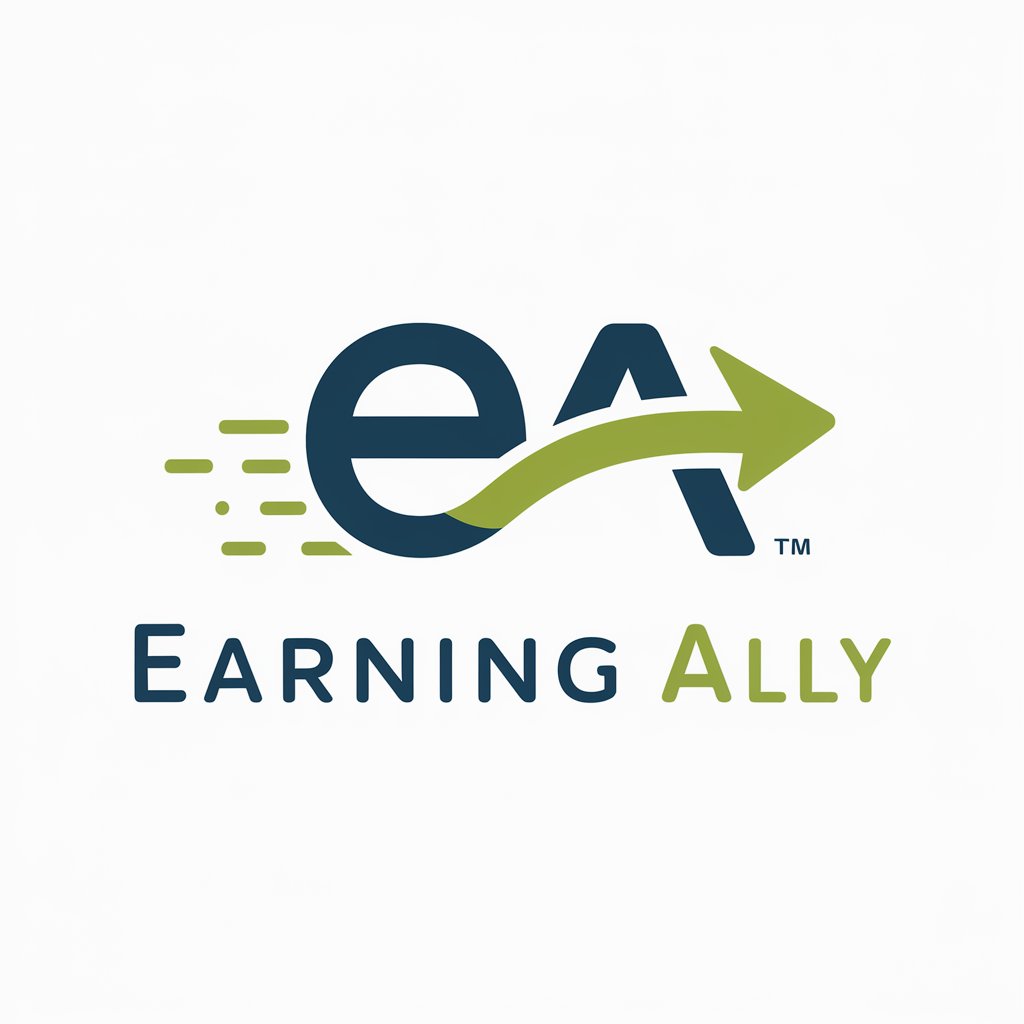
Absorb Impact
Empowering through AI-driven learning and creativity.
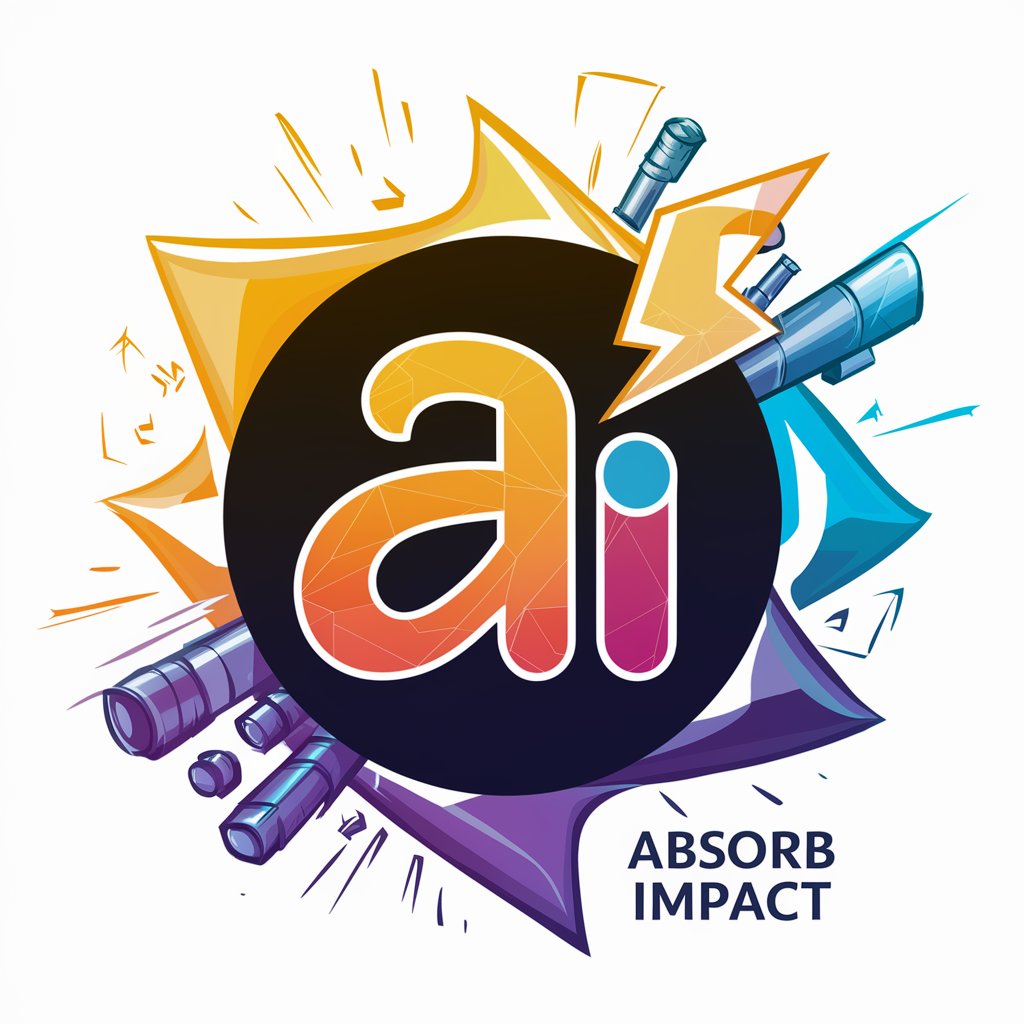
AskBuffett
Wisdom from Berkshire's Letters, Powered by AI

Julia - Absorbe
Empowering innovation with AI-driven insights.
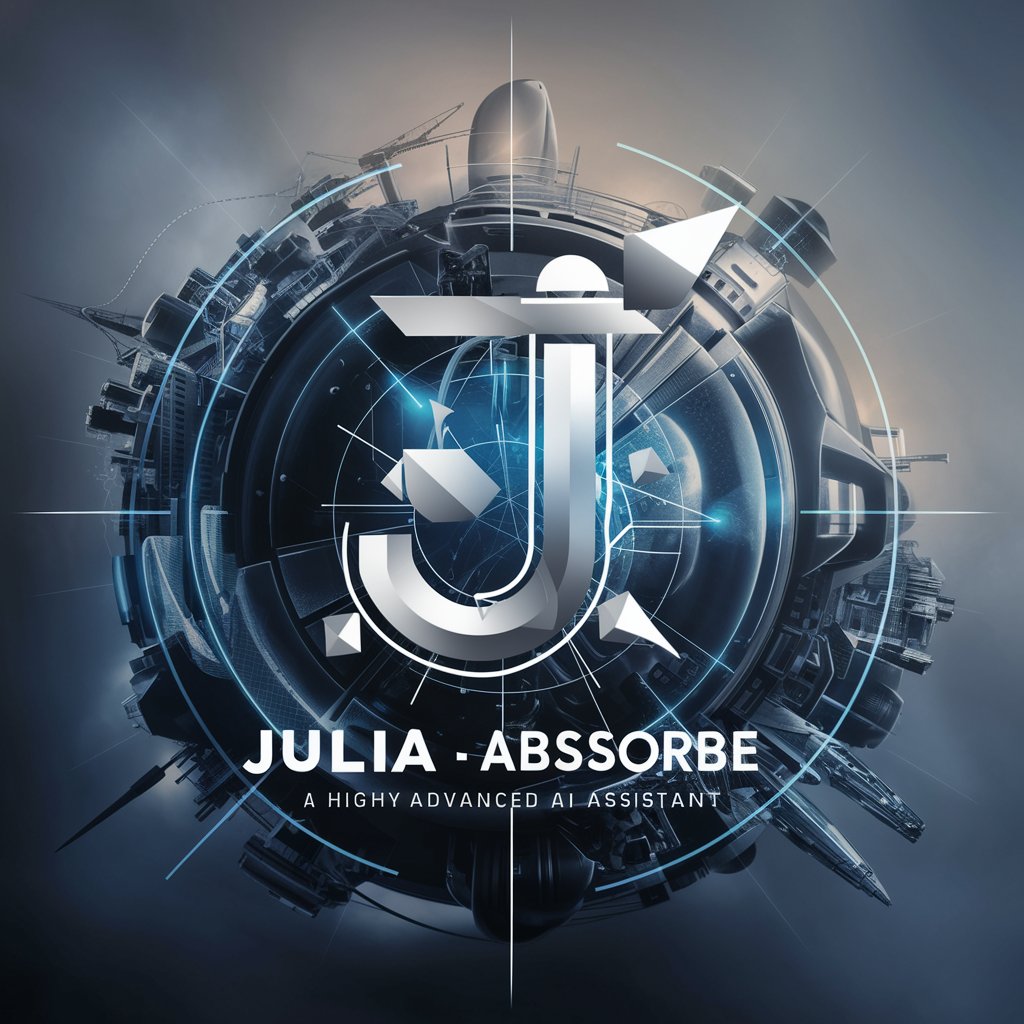
Song Essence
Unveil the essence of music with AI.
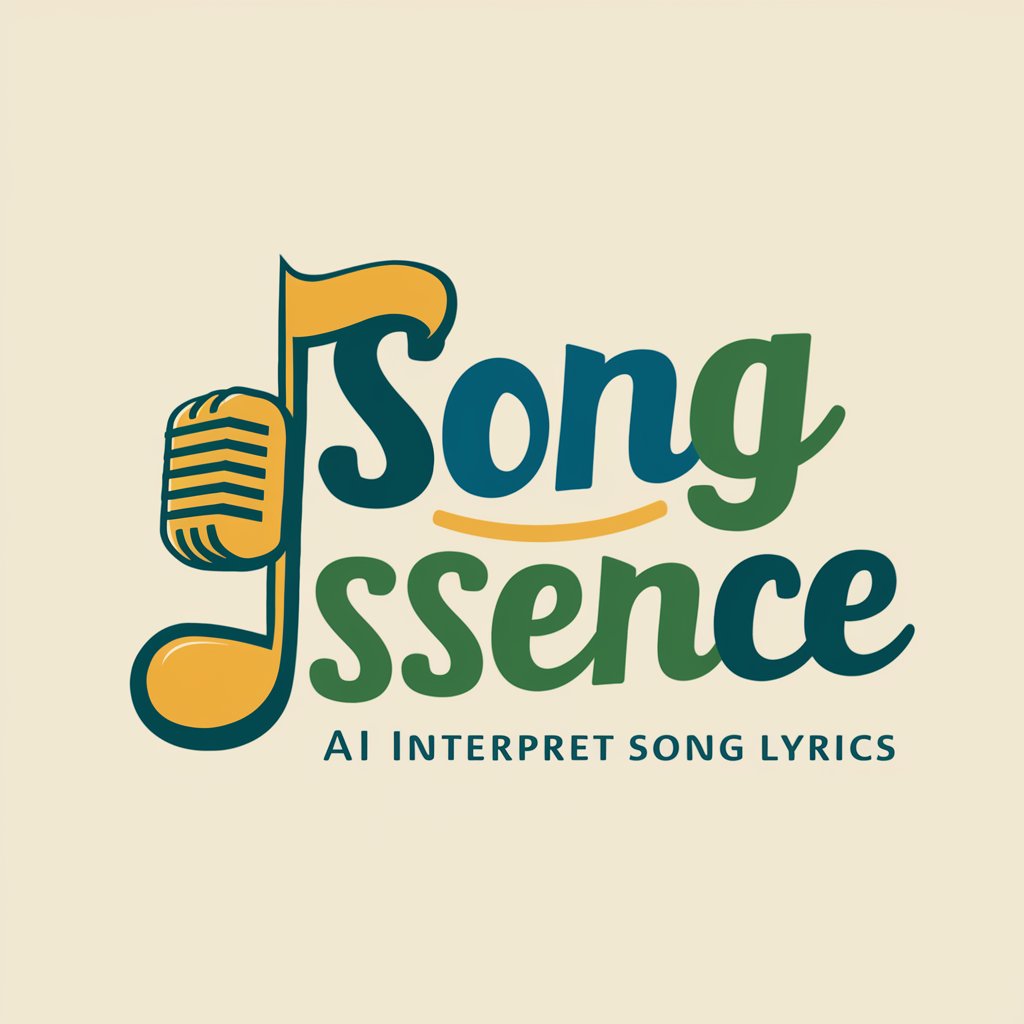
Song Sage
Unravel the essence of songs with AI

Song Searcher
Discover Any Song with AI Power
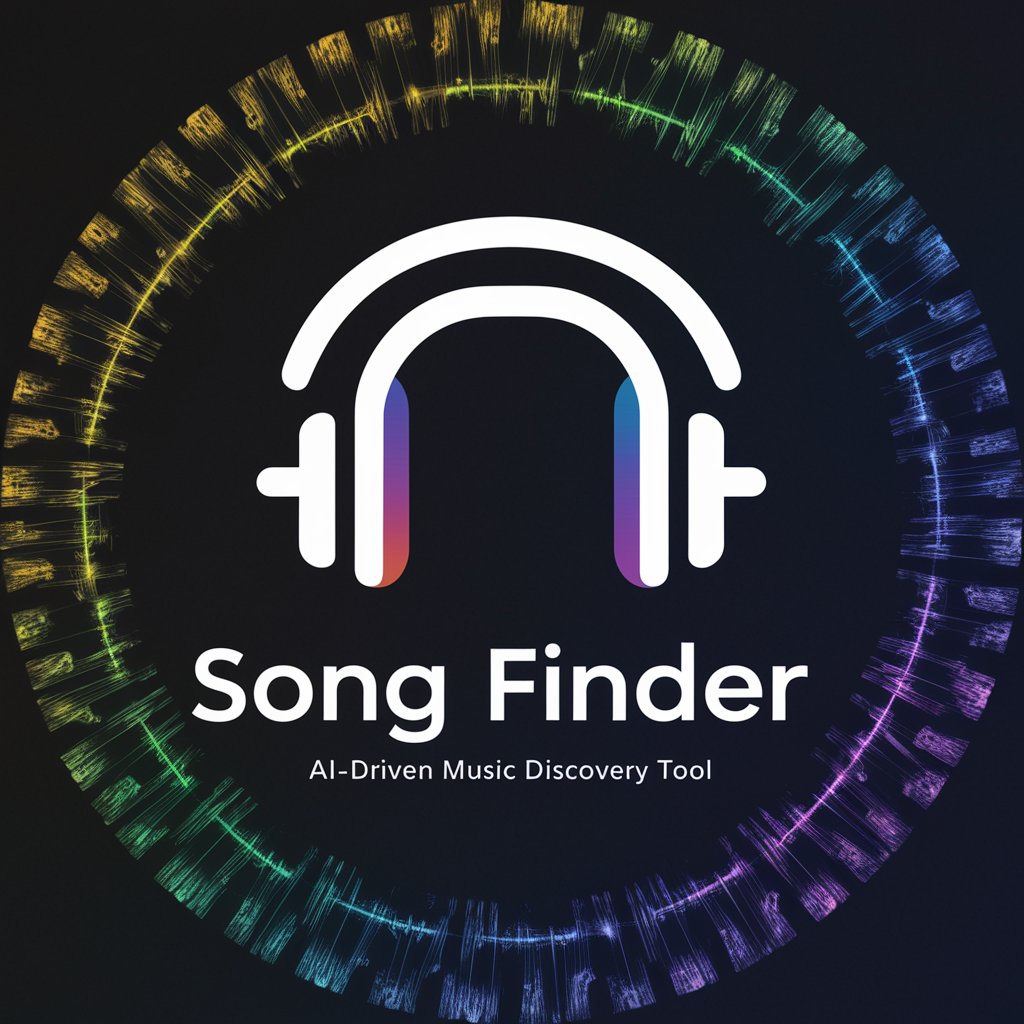
Frequently Asked Questions about Warning Signs of Stroke
What are the main warning signs of a stroke?
The main warning signs include sudden numbness or weakness in the face, arm, or leg, especially on one side of the body; sudden confusion, trouble speaking, or difficulty understanding speech; sudden trouble seeing in one or both eyes; sudden trouble walking, dizziness, loss of balance, or lack of coordination; and sudden severe headache with no known cause.
How quickly should one act if they suspect a stroke?
Immediate action is crucial. Call emergency services right away if you or someone else exhibits any of the stroke warning signs. Treatment is most effective when started immediately.
Can Warning Signs of Stroke help in diagnosing a stroke?
While it provides information on recognizing stroke symptoms, it does not replace professional medical diagnosis. Always consult healthcare professionals for a diagnosis.
Is this tool suitable for educating others about stroke?
Yes, it's designed to provide valuable information for both personal knowledge and educating others, such as in academic settings or health workshops.
How can I use this tool to improve my understanding of stroke risks?
Engage with the tool by asking about risk factors, preventive measures, and lifestyle changes that can reduce the risk of stroke, thus improving your overall understanding and awareness.
